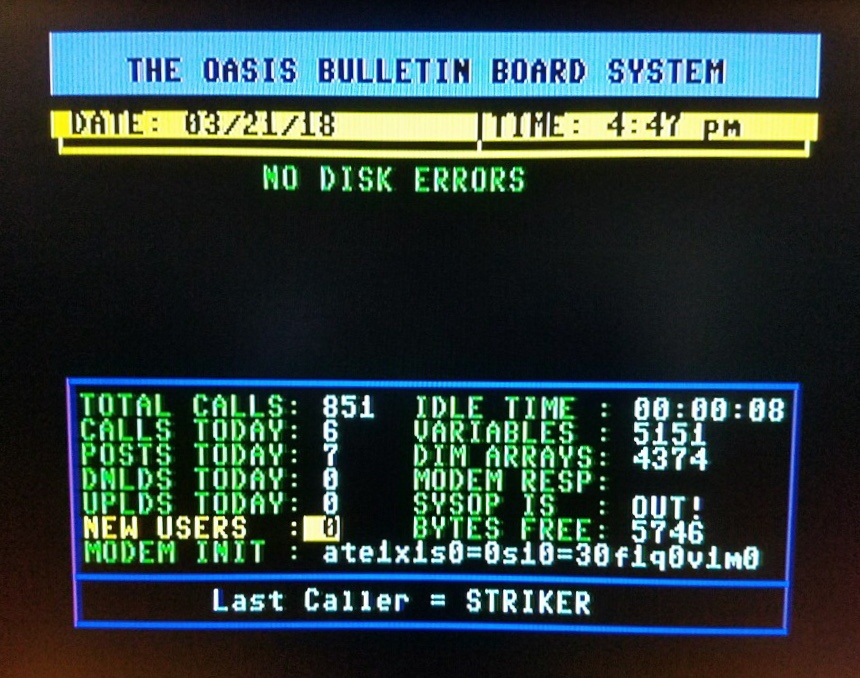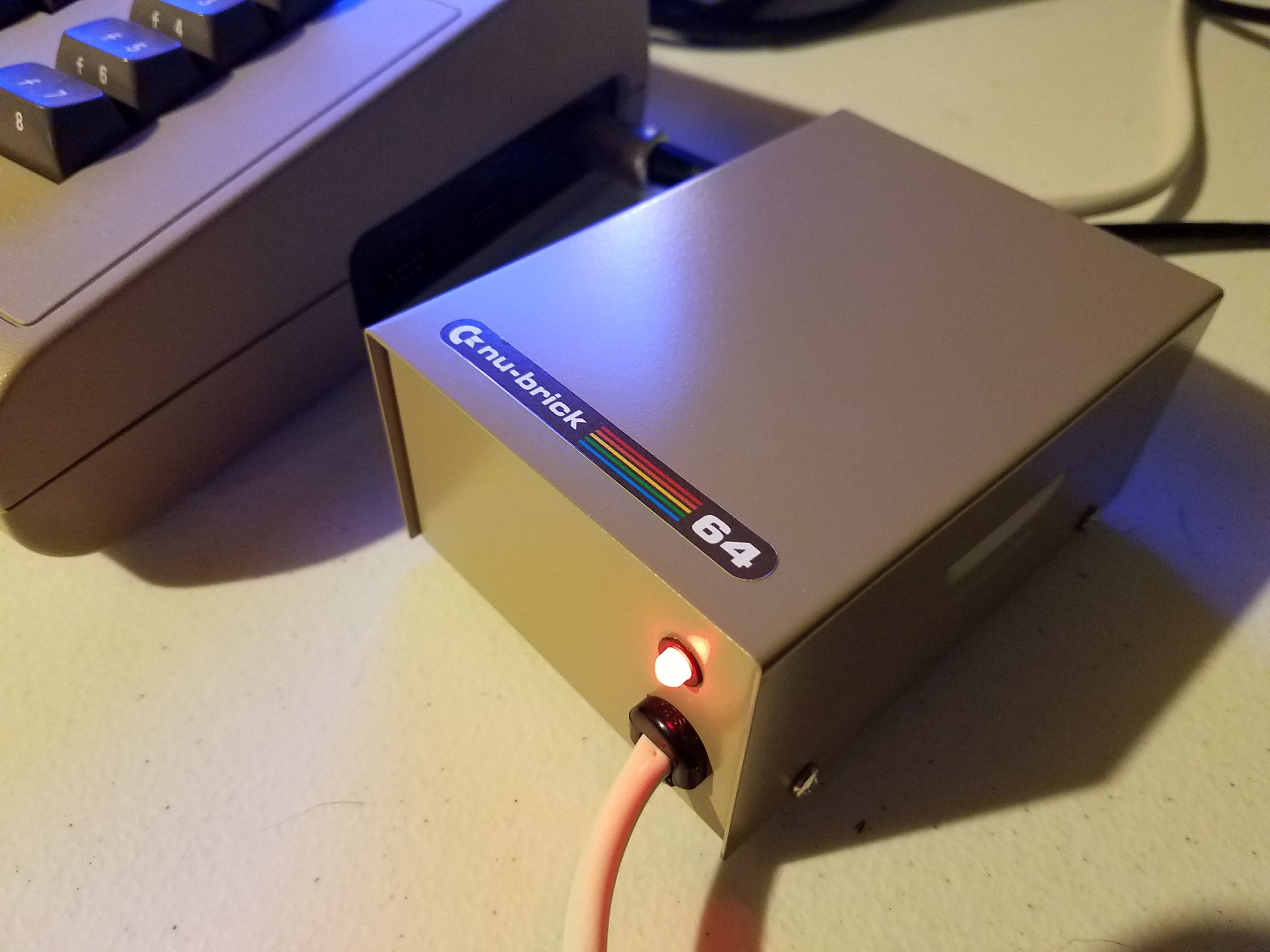In a new episode of Programming Redux, a fresh feature lands in the sharkC64 programming language: 2D byte arrays. This addition opens the door to more structured and dynamic ways of managing data in C64 development using this compact, modern language. The video walks through what these arrays look like in code, how they’re compiled to bytecode, and finishes off with a playful but practical demo—a simple bouncing ball routine built entirely with them.
For those already using SharkC64 or just curious about alternatives to traditional 6502 assembly or BASIC, this video hits the sweet spot. It blends clear explanations with a real example that isn’t overly complex but shows exactly why 2D arrays matter. You’ll see how the compiler turns high-level array logic into efficient bytecode that fits neatly into the limitations of the Commodore 64.
The star of the episode isn’t just the feature—it’s how seamlessly it’s integrated. Watching a ball bounce across a virtual grid might feel basic on the surface, but it shows off the practical utility of multidimensional data storage in sprite logic, map layouts, and memory-efficient simulations. The bytecode generation step reveals how much thought has gone into keeping the language lightweight while still expressive enough to do real work on limited hardware.
The sharkC64 compiler and documentation are both available on GitHub, making it easy for curious developers to download, read through examples, and experiment on their machines. The video points to all the right places to get started.







